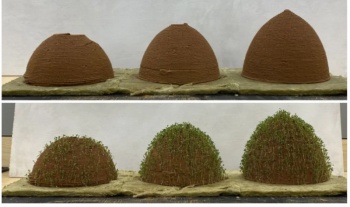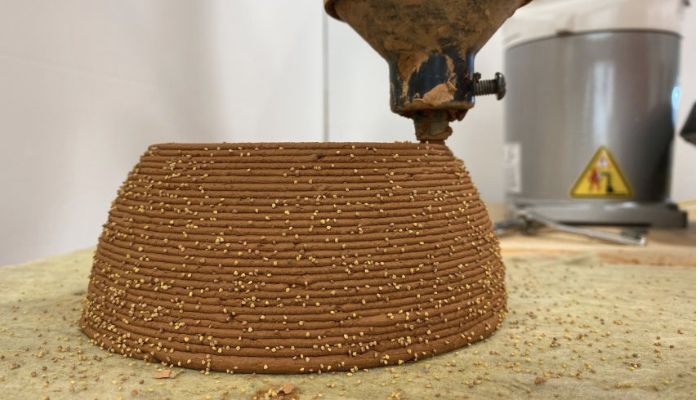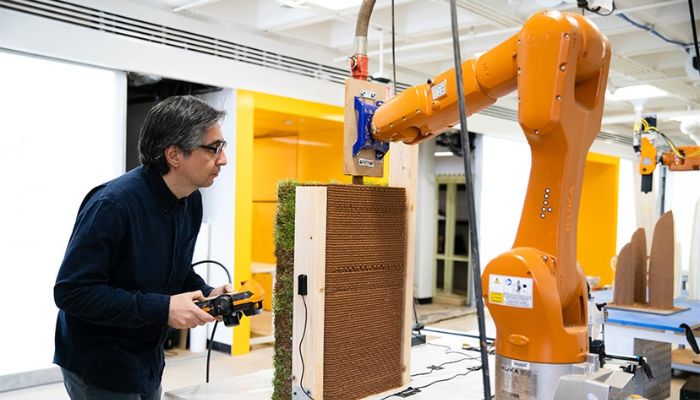
3D printing in housing is usually done with concrete materials, but this produces homes which, while well-insulated, can be sometimes expensive and with interior temperatures which are difficult to regulate. Furthermore, concrete is not a particularly environmentally friendly material; according to the Guardian in 2019, all parts of production considered it accounts for 4.9% of global CO₂ production. It is also a non-renewable resource. For this reason, researchers at the University of Virginia have tried out an alternative 3D printing method using soil-based ink.
Ji Ma, the assistant professor of materials science and engineering at UVA’s School of Engineering and Applied Science, collaborated with Ma forged a partnership with DAVID CARR, a research professor in UVA’s Department of Environmental Sciences, and EHSAN BAHARLOU, an assistant professor in UVA’s School of Architecture. Also working on the project was Spencer Barnes, a recent graduate of the University. The latter experimented with different soil-based ‘inks’, using two different methods: the first, alternating layers of soil and seed, and the second, mixing the two before printing. These methods were used to create a cylindrical prototype.

The team created a soil ‘ink’ which can be extruded in FDM printing (Photo credit: Ehsan Baharlou).
The use of locally-sourced biomaterials could be important for construction. Any waste materials can be recycled back into the process, creating a circular economy and sustainable process. 3D printing with soil is of course a long way from being used to produce entire homes or even rooms, but as sustainability becomes increasingly important it is possible that people will view the use of soil as a valid and good choice for housing.
The mixing in of seeds means that within days the soil creations begin to sprout, becoming reminiscent of the green buildings popular in Singapore, for example. This brings obvious advantages: the plants absorb sunlight, reducing temperature, as well as absorbing CO₂ and other pollutants. They are also pleasing to the eye, far more so than simple soil, so can provide a long-term solution to unappealing architecture which has a marked negative effect on people’s moods.

Ehsan Baharlou focuses on materializing designs. (Photo credit: Tom Daly).
*Cover photo credits: E. Baharlou



